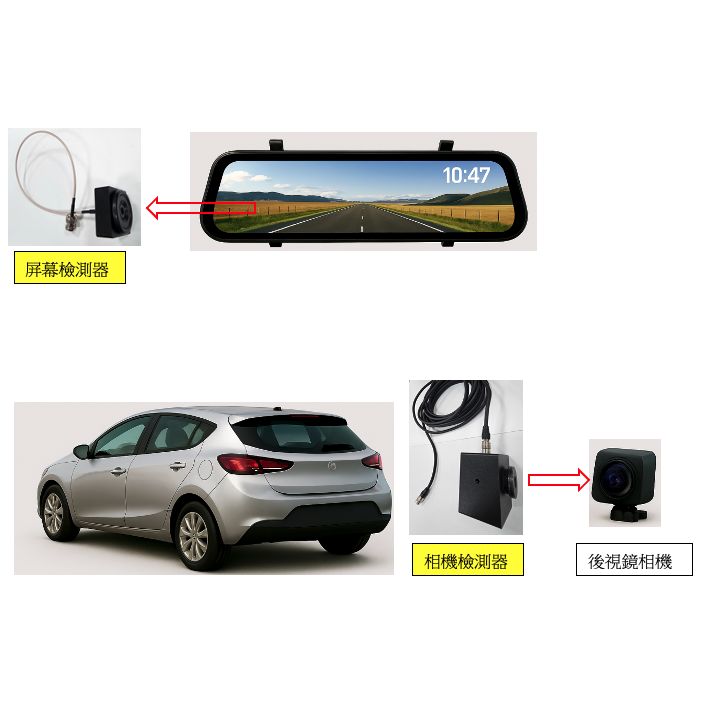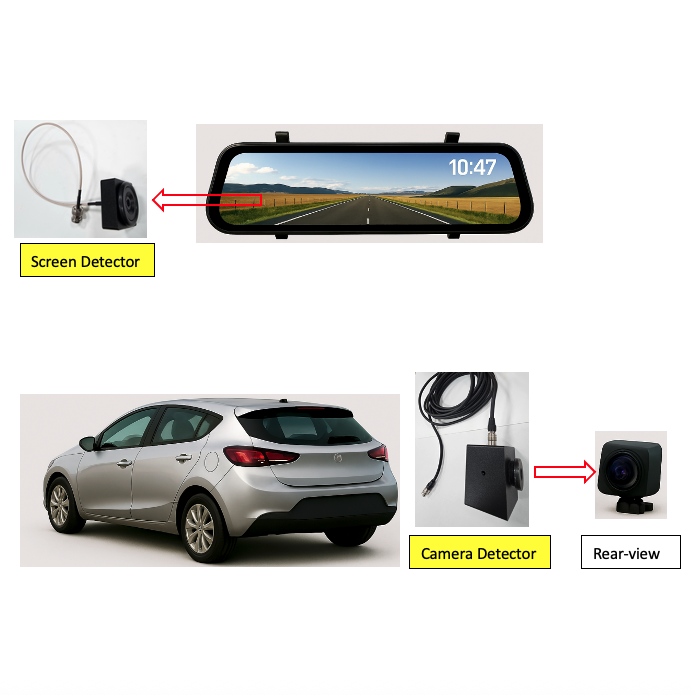- Home
- Products
- Camera Monitor System Latency Analysis
- Camera Monitor System Latency Analyzer CMSL-100
Camera Monitor System Latency Analysis
Camera Monitor System Latency Analyzer CMSL-100
Camera Monitoring System Latency Analyzer
Dual-end sensing (camera t1 & display t2) with synchronous acquisition to precisely measure end-to-end system latency from camera capture to screen display (Δt = t2 − t1). Ideal for digital rear-view mirrors (CMS), security/video devices, notebooks and smartphones.
Overview
CMSL-100 is engineered to evaluate imaging chain latency from camera intake to display response. During testing, the Camera Probe is aligned to the DUT camera, and the Display Probe is attached to the DUT screen area. Dedicated PC/NB software captures both endpoints synchronously, computes latency, and reports statistics (average, min, max).
System Composition & Principle
Hardware
- System Main Unit (data acquisition & processing)
- Camera Probe (mounted at the DUT camera, captures t1)
- Display Probe (attached to the display area, captures t2)
- PC / Notebook with CMSL-100 software
Latency calculation: Δt = t2 − t1 (t1: camera receives signal; t2: display shows response).
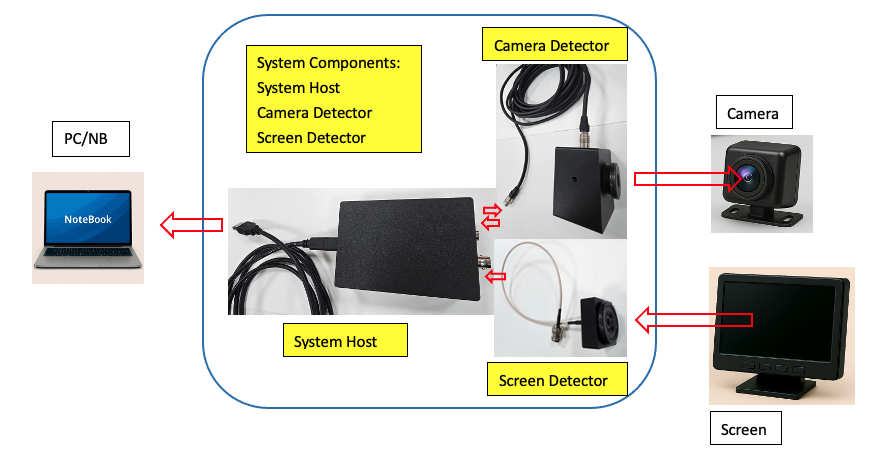
Technical Performance & Test Conditions
Test Conditions
- Supports dynamic transitions: dark→bright and bright→dark
- Recommend ≥ 10 repeated runs to compute average
Performance (per ECE R46)
- Maximum allowable latency: typically ≤ 200 ms
- Measurement accuracy:0.2 ms
- Repeatability: deviation ≤ 10% across consecutive tests
Application Scenarios

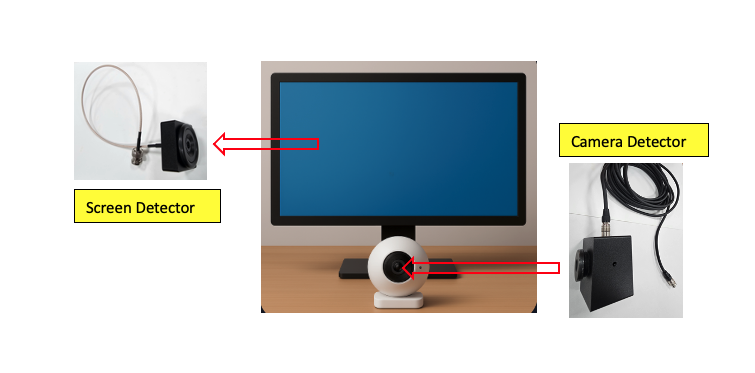
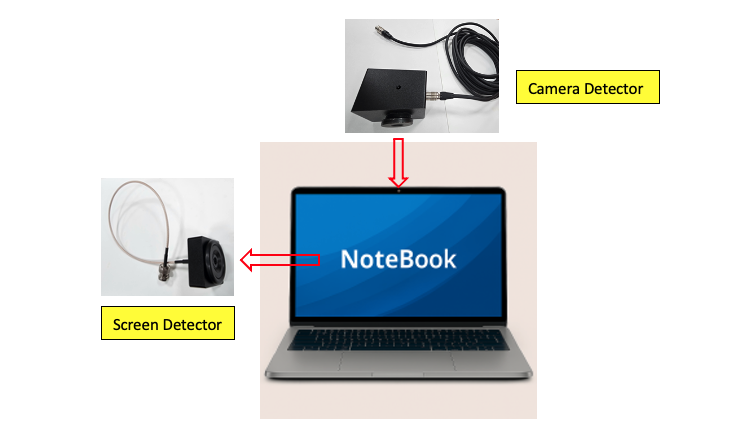
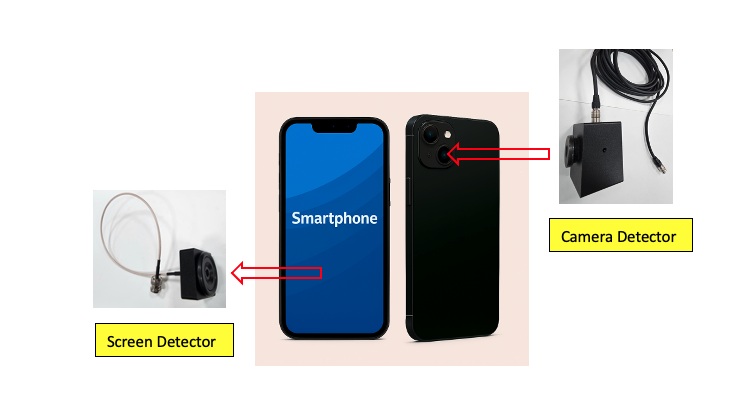
Software Interface
The application provides one-click measurement, real-time waveforms for t1/t2, and key statistics (current, shortest, longest, average). Reports can be exported for documentation and compliance reviews.
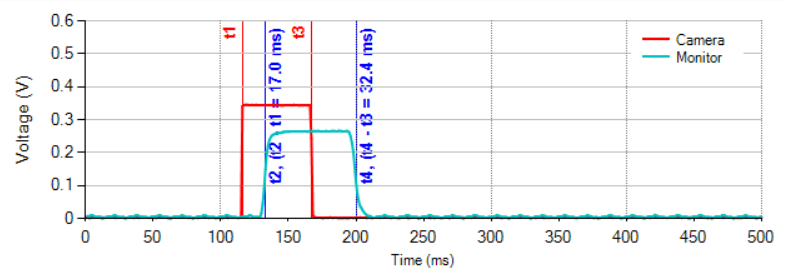
Why CMSL-100 by iboson?
- Real-world coverage: day/night lighting, dynamic transitions, repeatable validation
- True end-to-end: dual-end synchronous sensing avoids single-end estimation error
- Compliance-ready: aligned with ECE R46 latency requirements for automotive CMS
- Fast deployment: standardized probes, fixtures and workflow shorten setup time

